
Keeping a fridge clean is essential to both food safety and appliance efficiency. Yet many of us are making some common fridge cleaning mistakes that could be contaminating our spaces.
Simple slip-ups can quickly lead to bacterial build-up, unpleasant odors, and even damage your appliance.
Here, professional cleaners reveal the seven most common mistakes you might be making when cleaning a refrigerator and explain how to fix them.
Top fridge cleaning mistakes experts often see
Before you start cleaning properly, you will need to declutter the fridge. Take everything out, toss anything that has expired or you won't be using. Then you will have a clear surface to work with to fix these common home cleaning mistakes.
1. Not cleaning often enough

Do you know how often you should clean the fridge? According to Forrest Webber, cleaning expert and owner of Bear Brothers Cleaning, many of us are not doing it often enough.
He explains, ‘You will already be behind schedule if you wait until there seems to be a mess or something smells awful. To avoid bacteria and food residue, the refrigerator's interior should be thoroughly cleaned and wiped once a month. Set a reminder or pair it with your grocery run.’
2. Not cleaning jars and containers
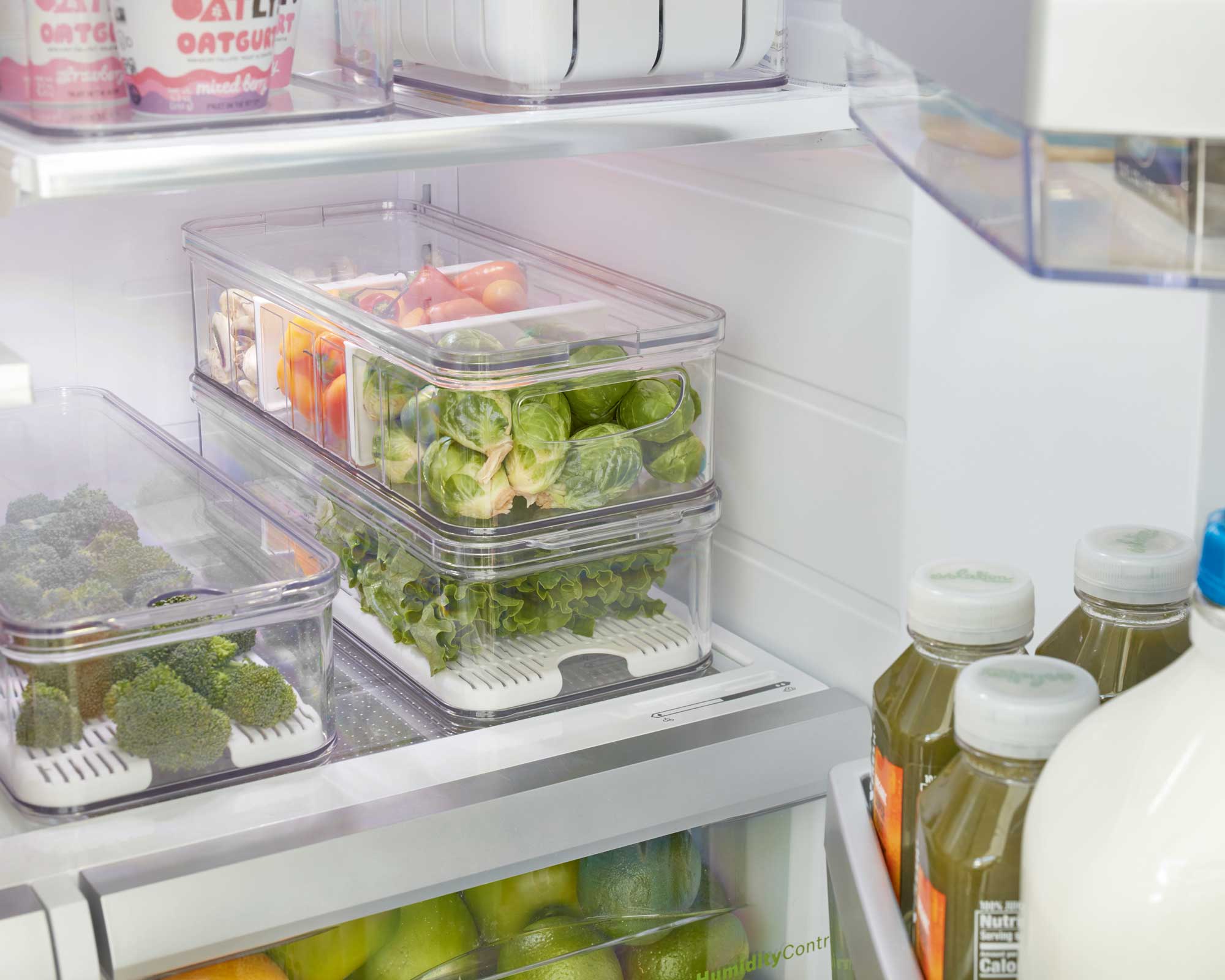
Cleaning a fridge is all well and good, but if you put dirty items back in, your hard work will have been for nothing warns Marla Mock, cleaning expert and president at Molly Maid USA.
She points out, ‘A habit that many people don't do is to rinse off any ketchup bottles, jam jars, salsa containers, and other items that tend to get grimy on the outside. This helps keep your fridge cleaner and longer.’
This extra food storage trick will extend the life of your groceries and help to get rid of fridge smells.
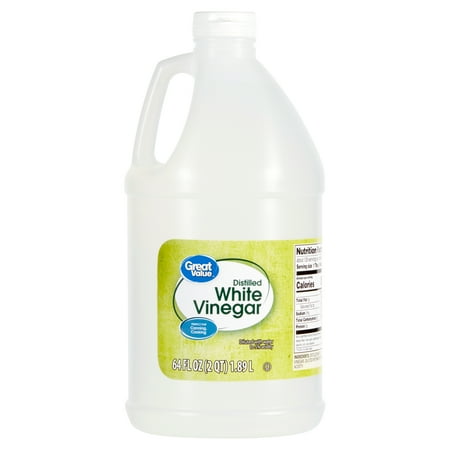
Vinegar is proven to kill mold and many forms of bacteria and pathogens (including E.coli). It is by far one of the best natural cleaners for your food storage spaces.
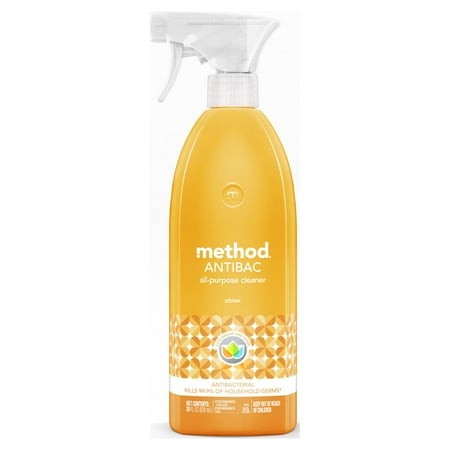
To hep bust grease and odors, use a scented all-purpose cleaner such as the Method spray. Simply apply to a cloth and buff the interior for a fresh space.
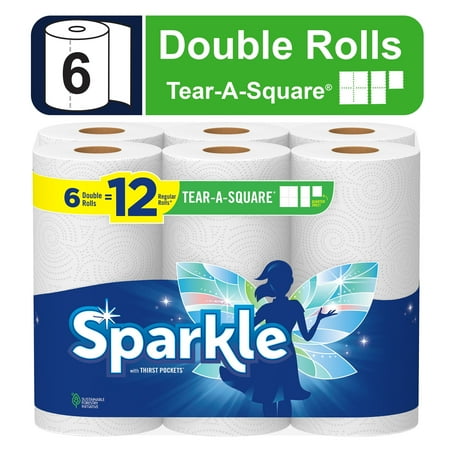
For spills and sticky messes in a fridge, or to quickly wipe the tops and sides of bottles, pick up some paper towels. They remove the mess without spreading it around your fridge.
3. Using the same cloth for everything
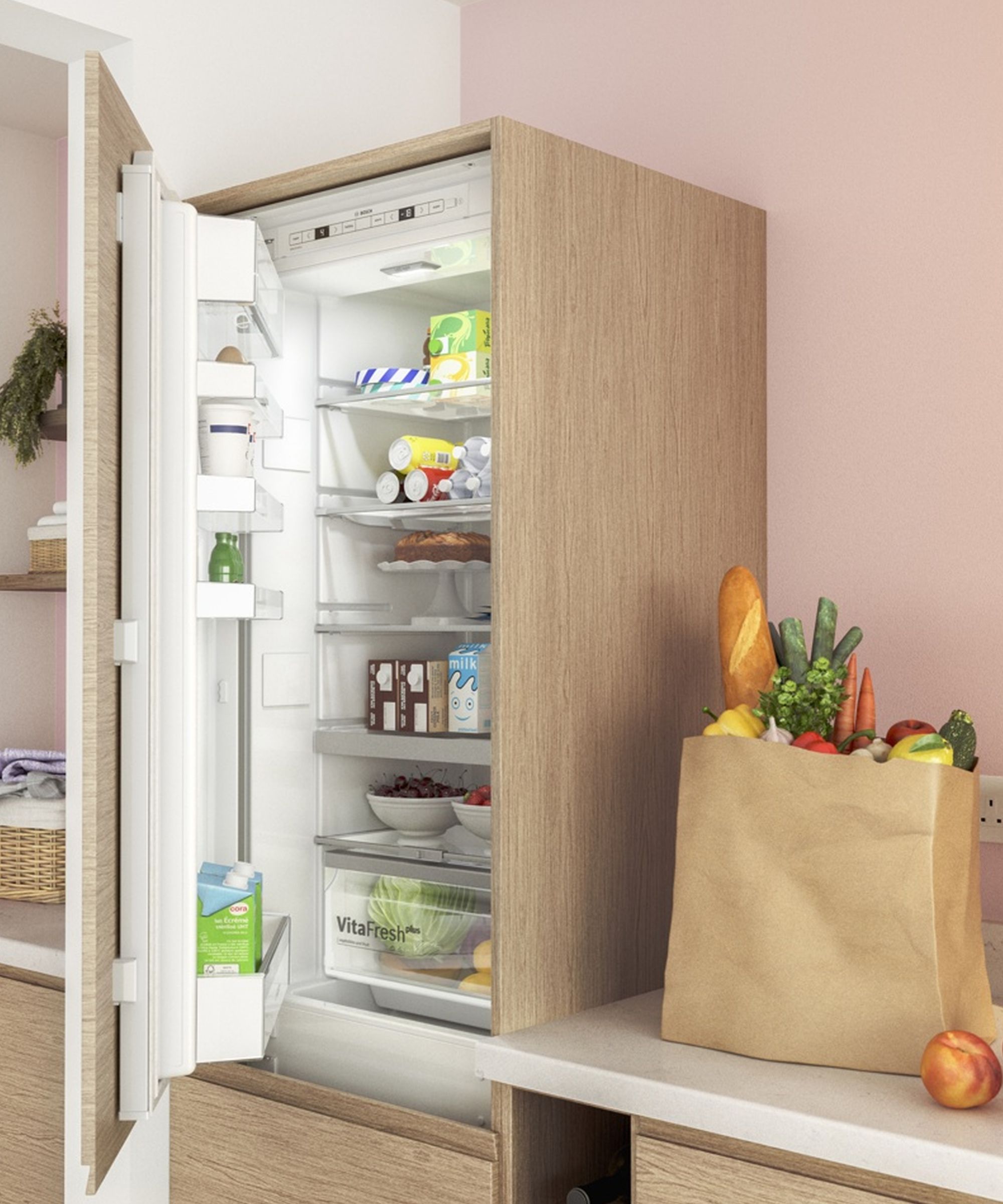
One of the biggest mistakes to avoid when cleaning kitchenware is cross-contamination. To avoid this fridge cleaning mistake, Alicia Sokolowski, cleaning expert, president, and co-CEO at AspenClean says, ‘Wiping down shelves with the same cloth – especially after cleaning up meat spills – spreads bacteria instead of removing it. Always switch to a fresh cloth or disinfect properly between tasks to avoid cross-contamination.'
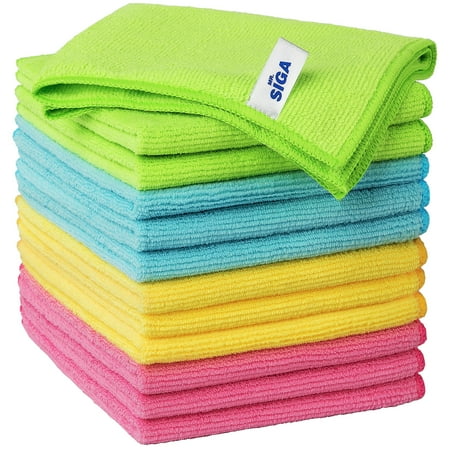
Picking up a multi-pack of cloths means you will always have some on hand to mop up mess. Simple throw them in the washing machine after each use to refresh ready for your next chore day. Allocate different colors to different rooms, areas or tasks.
4. Forgetting the exterior
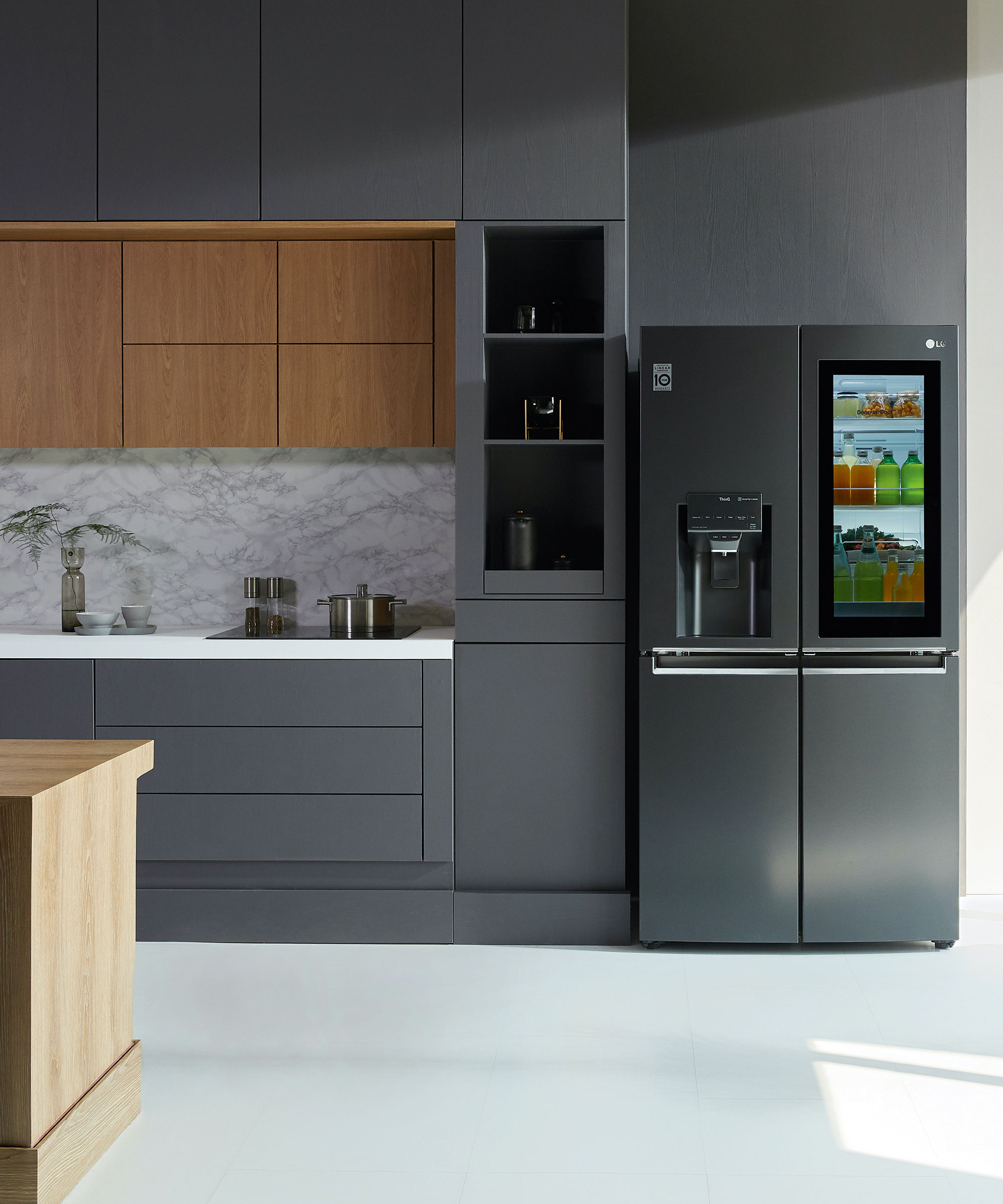
To clean a kitchen like a pro, you can't forget the exterior of the fridge.
Marla Mock continues, ‘Another thing people forget when it comes to cleaning their fridge is to clean the outside. It's easy to only think of the inside since that's where most of the messes are, but the outside is touched quite often, and giving a quick cleaning will really help the appearance of your whole kitchen.'

The Damp Duster collects dust in its deep grooves rather than spread it around, helping to quickly polish and clean the top and front of your fridge without harsh chemicals or sending dust into the air.
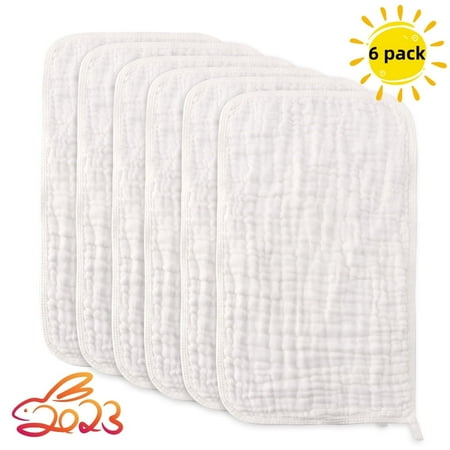
We might not think of using muslin cloths for household cleaning, but they are perfect for polishing surfaces as they do not leave nay lint behind, promising a spotless shine.
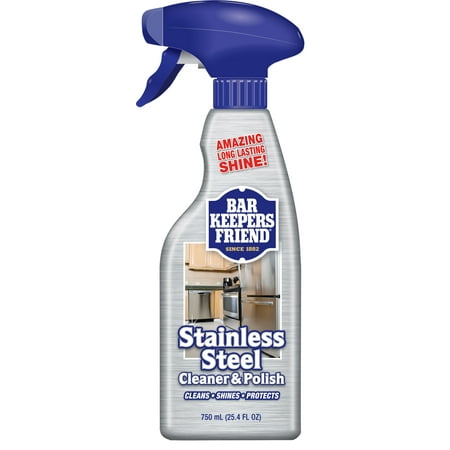
For stainless steel fridge fronts, opt for a dedicated cleaner and polish to help remove streaks and protect against future smears.
5. Ignoring the door and gasket
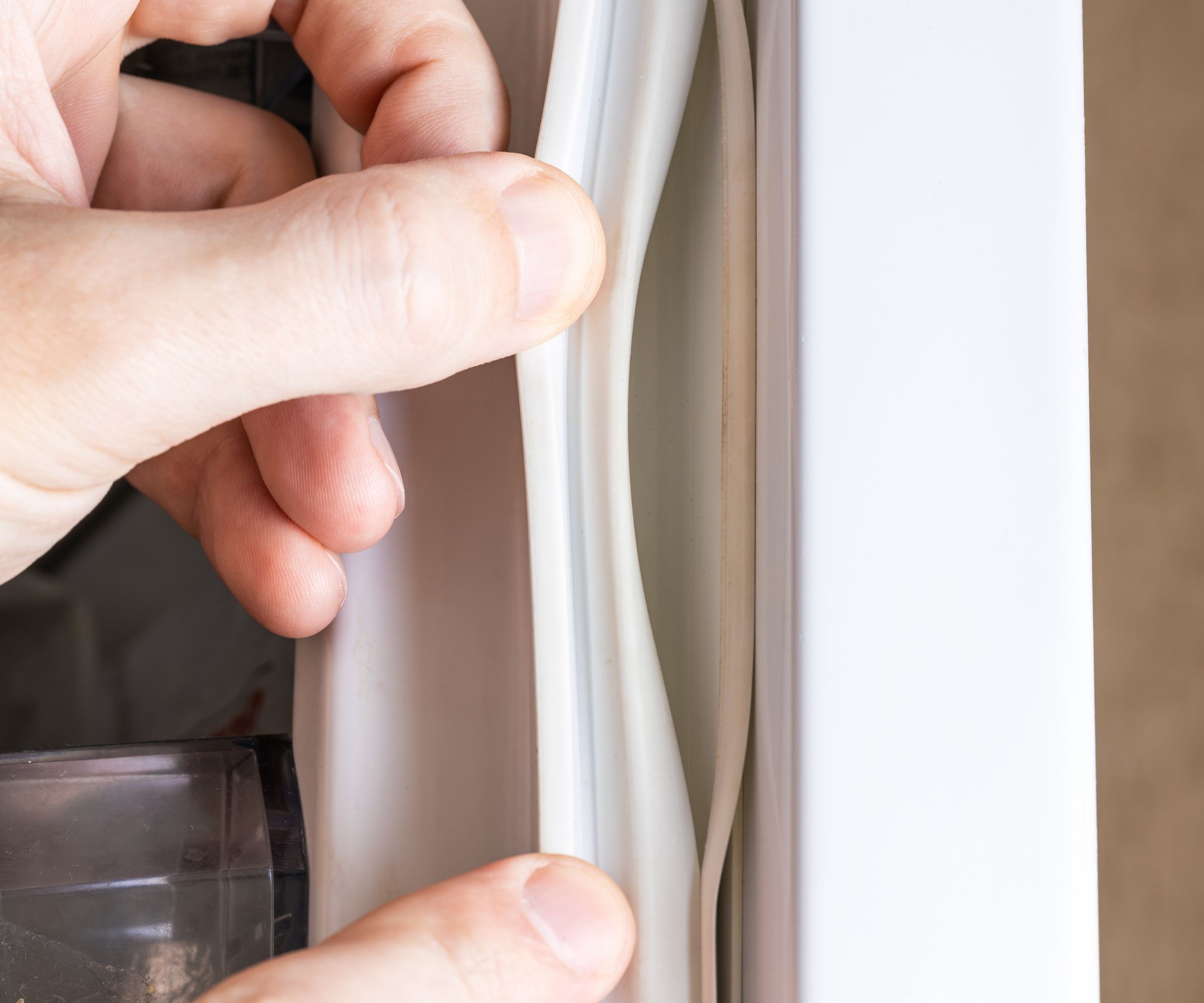
Cleaning pro Forrest Webber says, ‘People usually forget to clean rubber door gaskets and handles, even though they are among the most frequently handled and polluted surfaces. The refrigerator's hygienic and functional features may be compromised if the seal breaks over time due to dirt in its folds.’
To clean a refrigerator door seal of mold, Forrest recommends, ‘Using an old toothbrush and cleaning the gaskets with water and baking soda is best. I also like the Full Circle Micro Manager Detail Brush, available at Target. It's designed for tricky spots like seals and handles.’
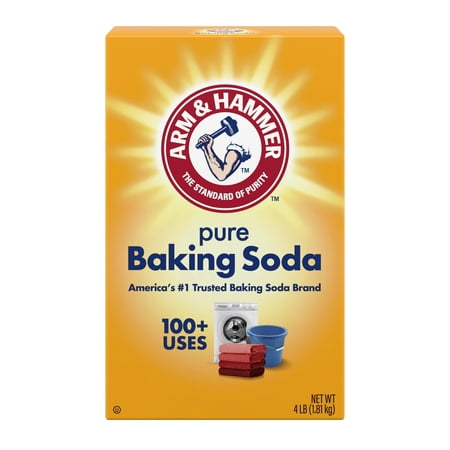
Baking soda is a natural abrasive that helps break down tough deposits without scratching delicate surfaces such as metal and glass. Mixed into a paste with water or use with vinegar for fizzy cleaning. It's safe for use in most areas of your home.
6. Forgetting the drainage hole
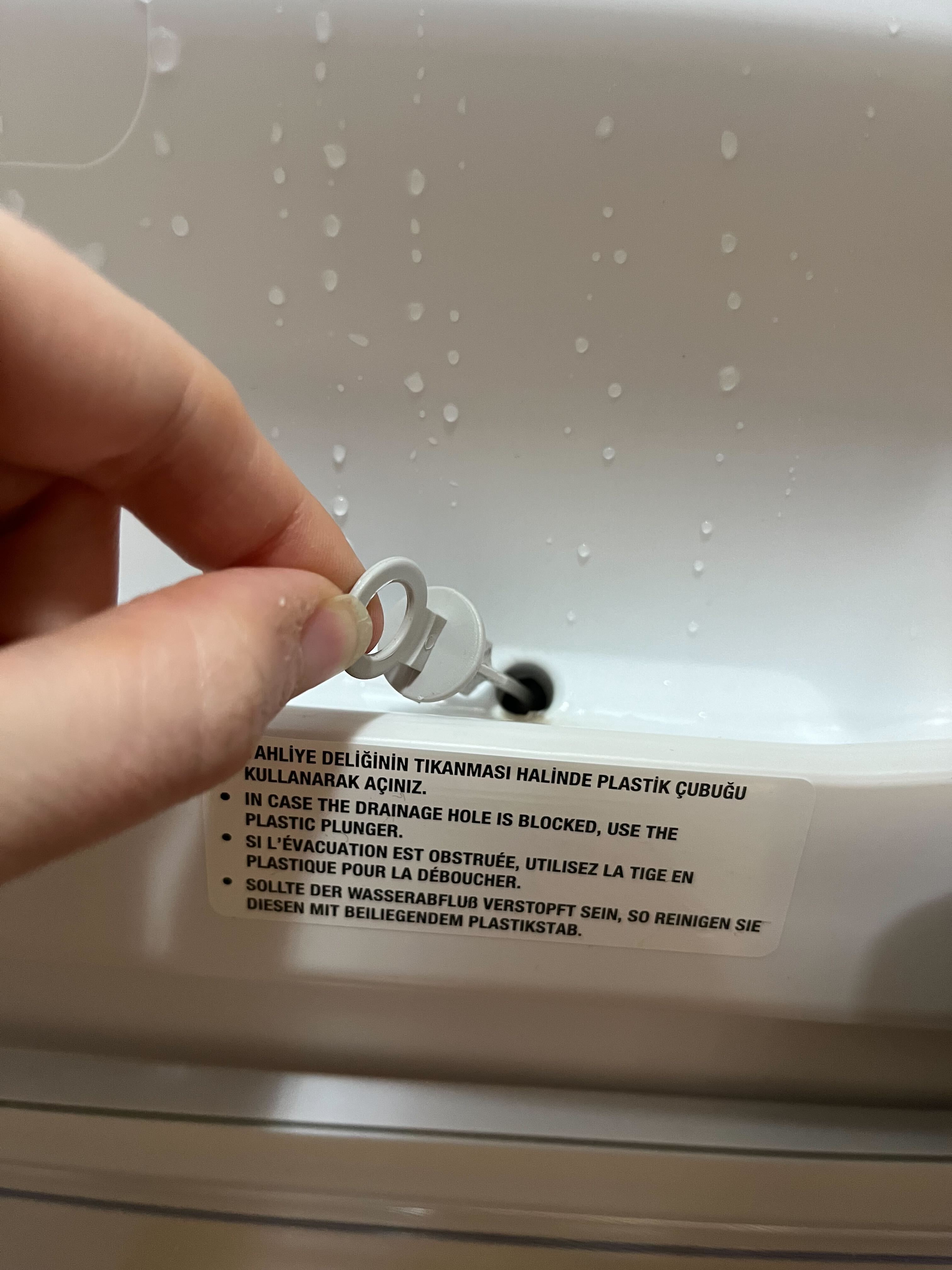
Right down at the back of your fridge is a small drainage hole. It might not seem like much, but forgetting to clean it is a common fridge-cleaning mistake that could cause your fridge to leak water.
Alicia Sokolowski explains, ‘The drainage hole helps prevent moisture buildup, but if it gets clogged with food debris, it can cause leaks or mold growth. Regularly check and clean it using warm water and a small brush to keep your fridge running smoothly.'
7. Using the wrong cleaner

You do not need harsh chemicals to clean well, and this is especially true when cleaning a fridge.
Alicia Sokolowski says, ‘Harsh chemicals can leave behind strong odors and residues that may affect your food. When choosing cleaning products, opt for a natural, food-safe cleaner to keep your fridge fresh and free from harmful build-up.’
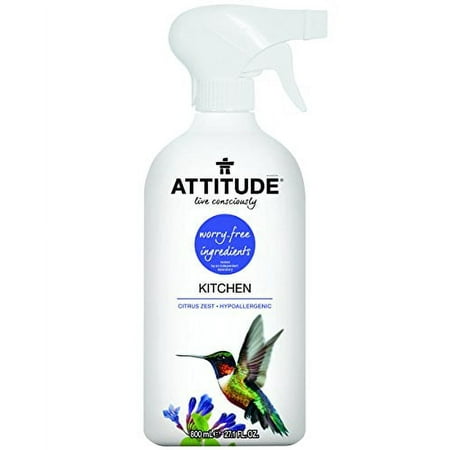
The Environmental Working Group (EWG) has certified Attitude products as non-toxic, meaning they contain no harsh chemicals or artificial compounds, making them perfect for cleaning food storage areas such as fridges.
Meet the experts
FAQs
Why does my fridge smell?
A bad smell in your fridge can be the result of a few things, including expired food, spills, a clogged drain, or infrequent cleaning. Emptying your fridge out, and wiping down the interior and shelving before restocking with only fresh items can help. You can also place an open container of baking soda on one of the shelves to absorb lingering odors for a fresher fridge.
If you find cleaning overwhelming, tackle one shelf or drawer at a time and chip away at the task in small bursts instead of having to face the mammoth task of doing it all in one go. The easiest time to begin is as your fresh supplies dwindle and you're soon due a grocery shop.
When cleaning a fridge correctly, it often helps to remove all the shelves and drawers and clean them separately. This makes it easier to wipe down the interior walls, ceiling, and floor of your appliance too.
Then you can get to work organizing a refrigerator, with new products at the back and older items at the front so everything can be used up in order, preventing rotting and spills.







